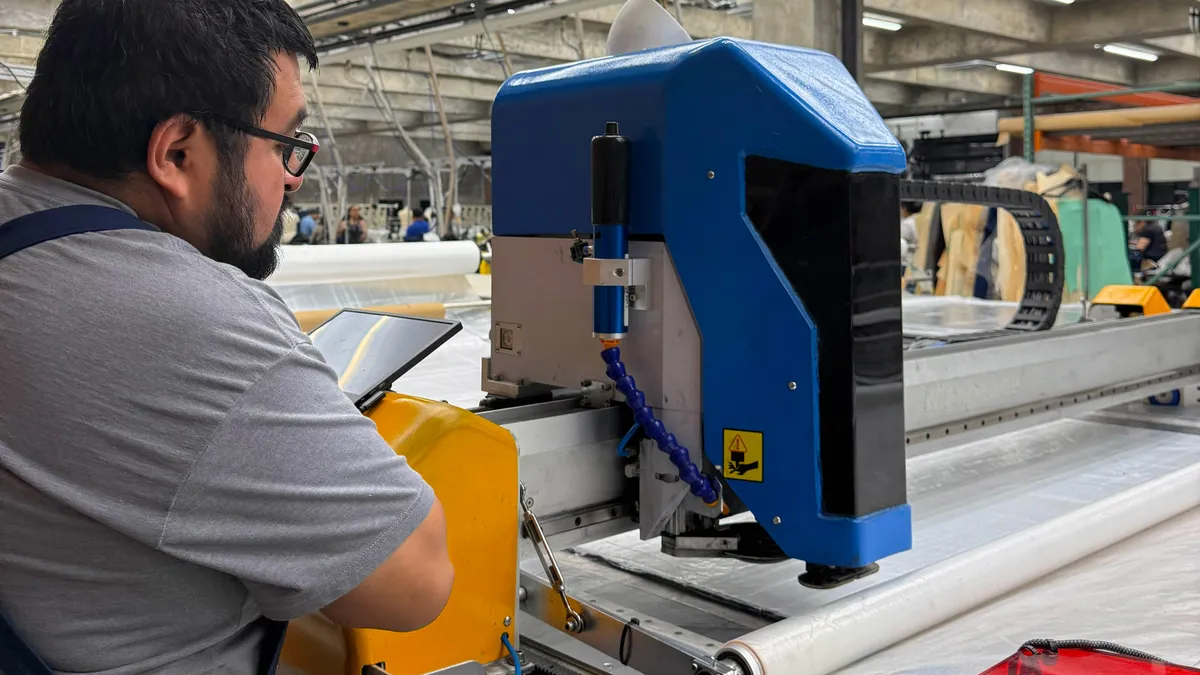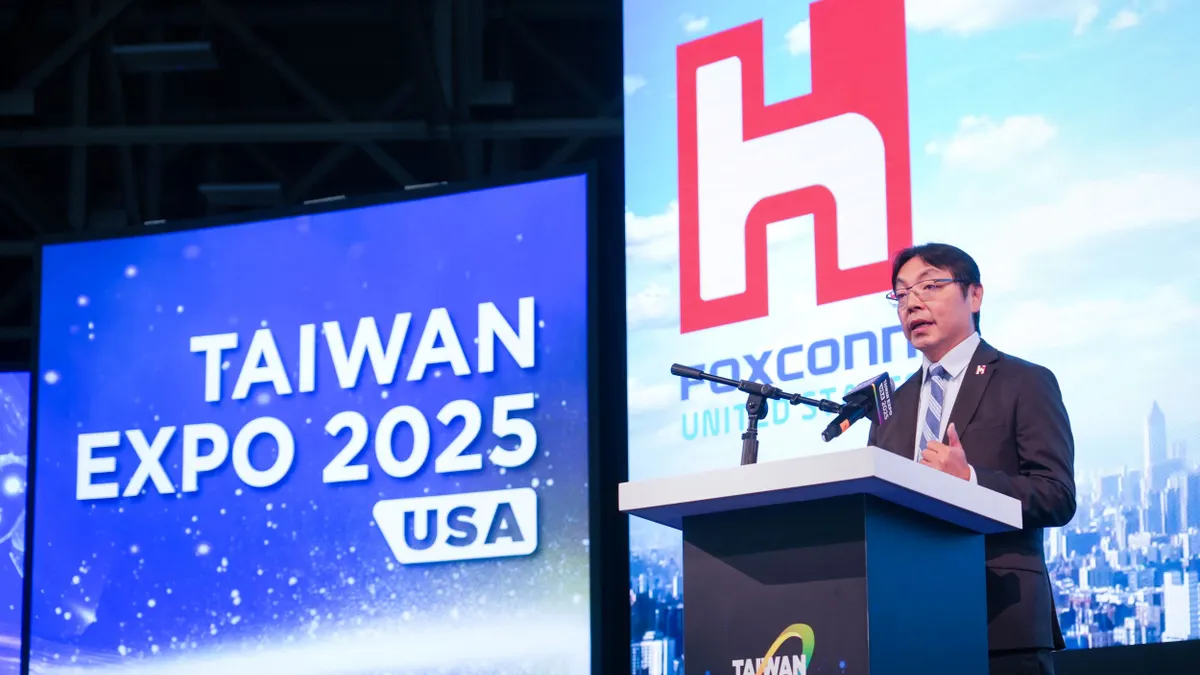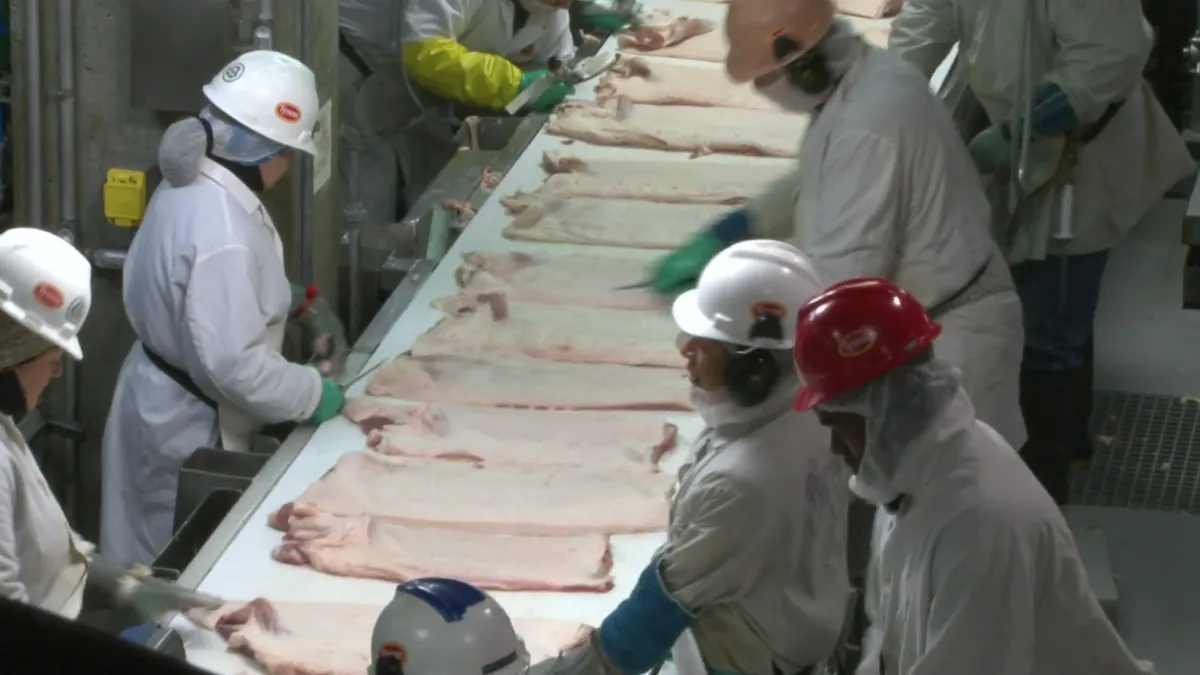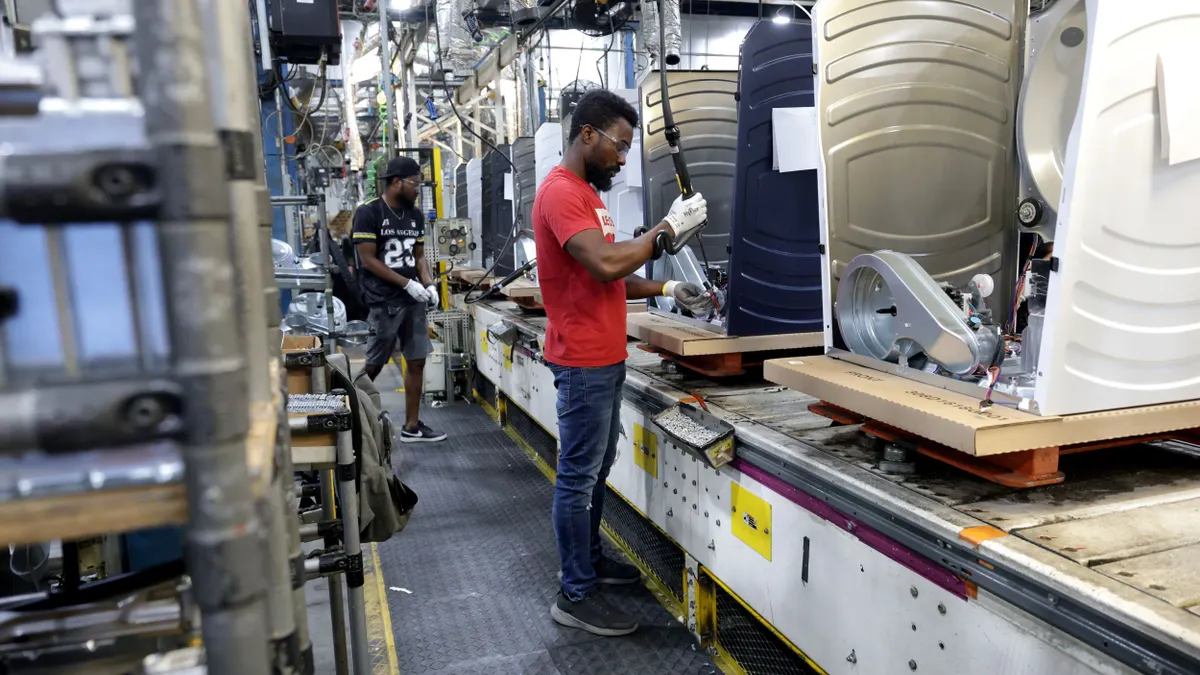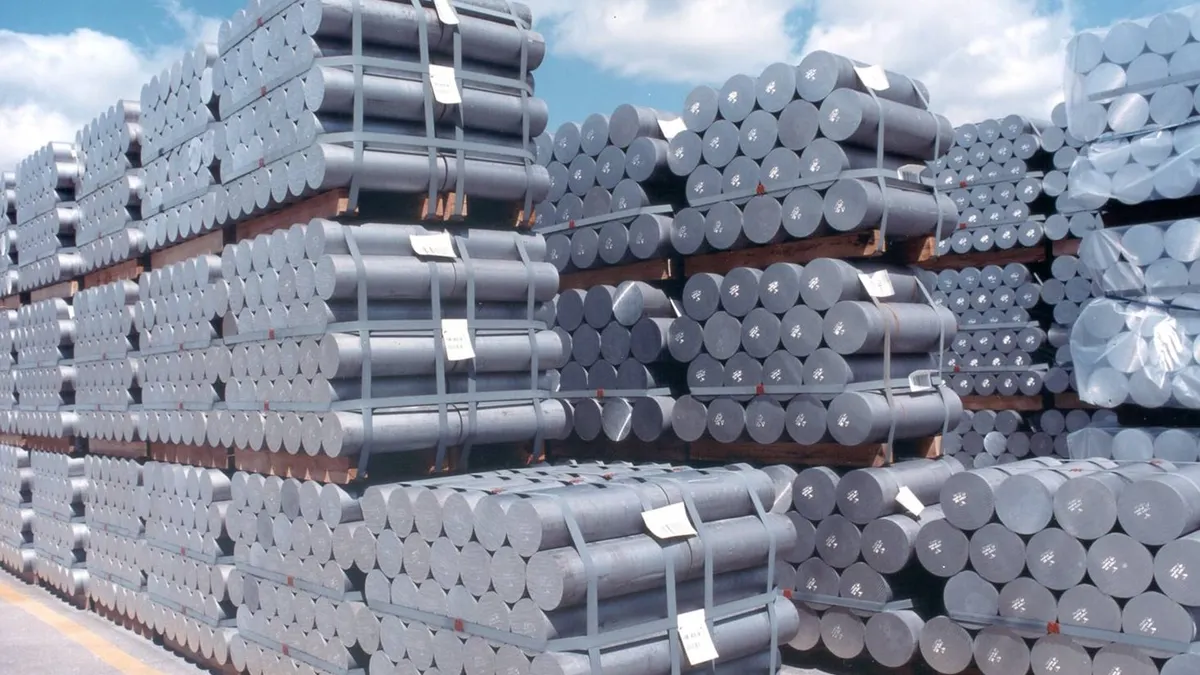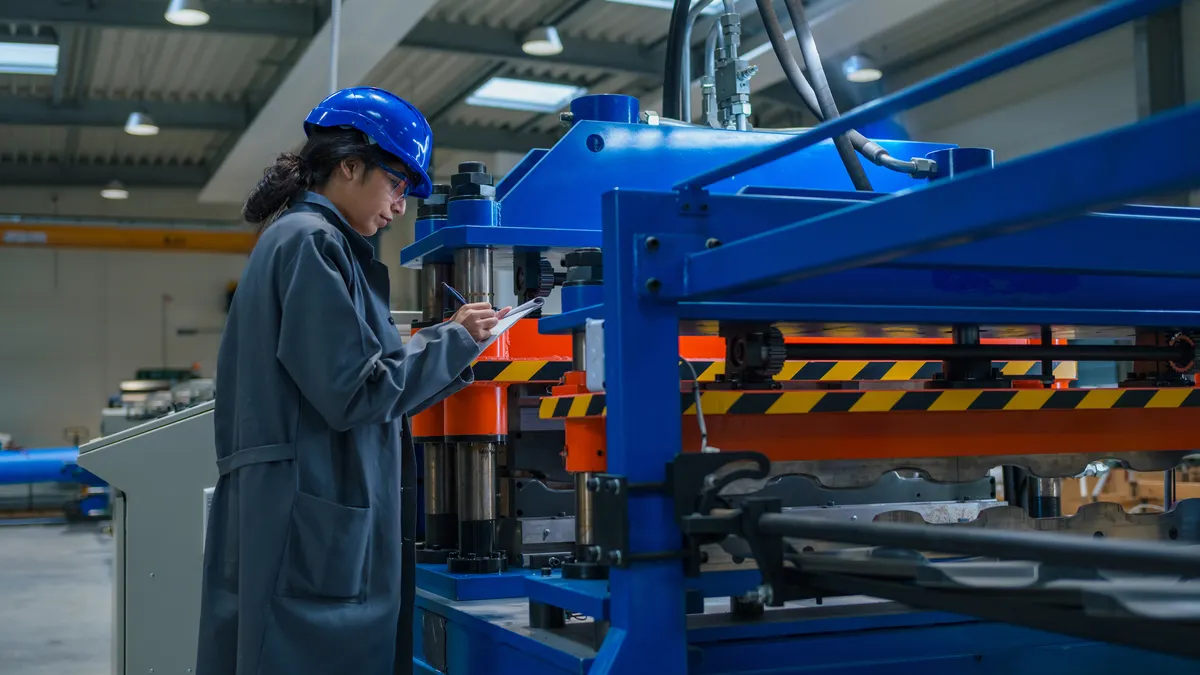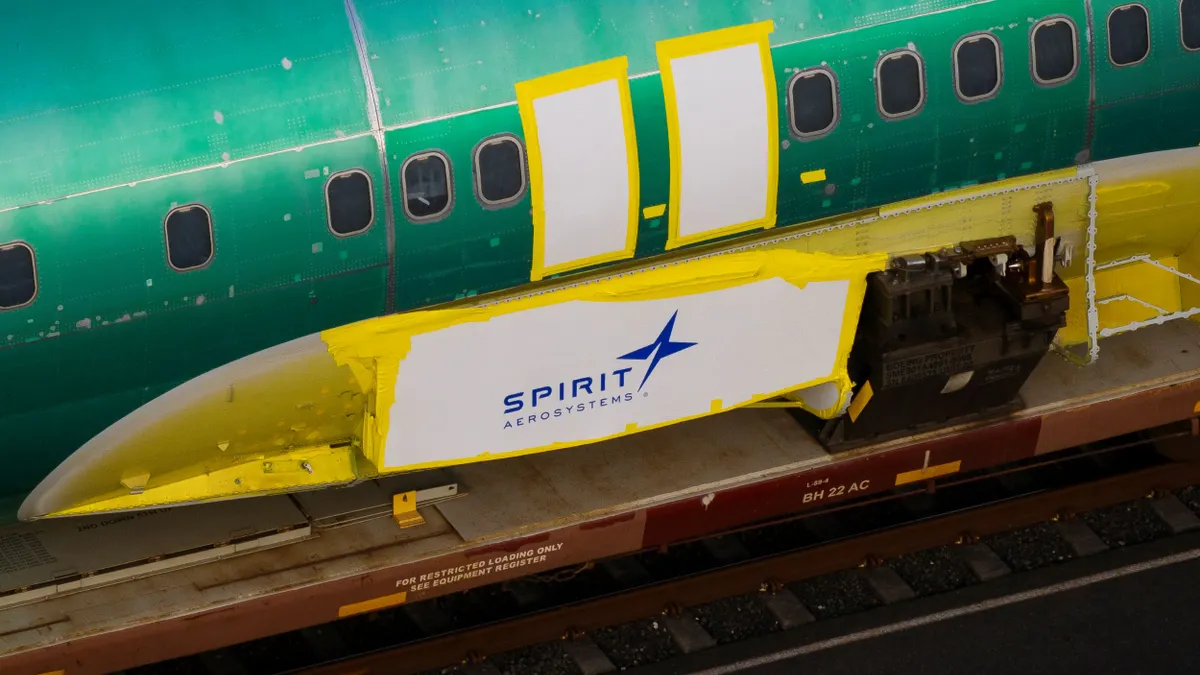Daniel Wolf is the senior director of solution consulting at software development firm PROS. Opinions are the author’s own.
Tariffs have become a fact of life for manufacturers operating in a global economy. Whether driven by trade disputes, shifting geopolitical alliances or national policy, these sudden cost surges drive up material expenses, squeeze profit margins and complicate logistics. Yet the real threat isn’t the tariffs themselves — it’s the inclination to treat them as merely short-term headaches rather than critical stress tests that can reveal deeper organizational vulnerabilities.
When approached strategically, tariffs force companies to confront weak points in their operations, such as rigid sourcing strategies, outdated pricing models and fragile supplier contracts. These are issues that might otherwise remain hidden until the next major disruption hits. For manufacturers looking to build resilience in an unpredictable time, tariffs should be viewed as catalysts for transformation.
What tariffs reveal about structural gaps
The first signs of strain often show up in procurement. Tariffs add immediate pressure to input costs, revealing weaknesses in how companies source, plan inventory and transport goods. For manufacturers lacking end-to-end visibility in their supply chains, it becomes difficult to pinpoint which SKUs are affected and to respond with precision.
Sourcing agility becomes another challenge. When a key supplier’s costs spike due to tariffs, companies overly reliant on a single region or vendor face delays and inflated costs in shifting production. This rigidity isn’t just operational; it’s contractual. Long-term agreements built on static, outdated assumptions about cost and demand offer little protection in a volatile trade environment.
In many cases, the response is purely reactive. Emergency price increases, last-minute supplier substitutions and hasty customer communications become the norm. However, reacting to each disruption in isolation only increases risk. The companies that withstand tariff pressure most effectively step back, identify what the disruption reveals and build a long-term plan to fix it.
Building a long-term resilience strategy
In an age of frequent and unpredictable shocks — whether from tariffs, labor shortages, or climate-driven disasters — short-term solutions are no longer enough. Structural resilience requires proactive analysis, innovative technology and decisive, forward-looking action.
Manufacturers should consider employing a mix of the following strategies:
- Improve supply chain visibility: Real-time tracking, automation, and supply chain analytics enable manufacturers to understand where risk lies and respond more quickly when conditions shift.
- Invest in pricing infrastructure: Dynamic pricing in manufacturing doesn’t mean constant fluctuation, it means building flexibility to adjust prices thoughtfully when external costs change. Systems should incorporate inputs like tariffs, freight, production costs and commodity fluctuation into pricing models without needing a full overhaul. Simulation tools can help model how cost changes affect margins and customer behavior before any adjustments are made. Integrating this infrastructure into the quoting process provides sales teams with visibility into products that offer lower costs or domestically-sourced alternatives. This helps the organization as a whole preserve value while minimizing price increases.
- Ensure pricing consistency across channels: Pricing needs to be synchronized, whether delivered by a salesperson, shown in a CRM, or accessed through an e-commerce portal. This alignment enables companies to adopt more efficient “e-order” strategies, where supplemental ordering happens online. This allows organizations to capture volatility faster and frees sales teams to focus on higher-value customer conversations.
- Reimagine contracts: Instead of locking in fixed pricing, manufacturers should design agreements with flexibility in mind. Built-in recalculation clauses, thresholds or index-based adjustments help ensure pricing reflects reality without constant renegotiation. Giving commercial teams the tools and guidelines to negotiate such terms helps prevent costly misalignment down the road.
- Innovate at the operational and product level: Resilience also means finding new ways to compete beyond price. Some companies are exploring regionally distributed manufacturing and nearshoring to mitigate exposure. Others are bundling products with services, warranties, or “as-a-service” packages to create more predictable revenue streams and offset cost volatility. Even minor adjustments, like switching to alternative materials, can reduce dependency on tariff-sensitive inputs.
Navigating volatility with smarter pricing and communication
Raising prices in volatile times is inevitable. However, how those changes are managed often determines whether a business thrives or falters. Customers don’t just react to increases, they react to how those increases are framed, justified and communicated.
Strategic pricing starts with prioritization. Manufacturers should identify which SKUs are most critical to key customers and consider shielding those from the full impact of tariff costs. Price adjustments can then be made on lower-priority items to protect overall margins. Tracking changes in SKU mix and order volumes also helps detect early signs of customer churn or cost sensitivity.
Clear communication is equally important. Sales teams need to be equipped with data-driven narratives that explain why prices are changing — whether it’s due to tariffs, labor increases, or freight volatility. Transparency helps customers see that changes are based on market dynamics, not arbitrary decisions.
Finally, value should be part of the conversation. If pricing changes are paired with tangible benefits, faster delivery, improved service or added functionality, customers are more likely to stay engaged. In some cases, loyalty programs or exclusive service options can help reinforce commitment during turbulent periods.
A new playbook for disruption
Some tariffs may be short-lived, others long-lasting. Regardless of their duration, the disruption remains constant. From geopolitical uncertainty and inflation to environmental instability, volatility has become a permanent fixture of the global economy. The manufacturers that come out ahead won’t be the ones that dodge tariffs most effectively — they’ll be the ones who use them as an incentive to modernize.
Investing in flexible pricing systems, smarter contracts and diversified sourcing isn’t just about weathering the current storm. It’s about building an operation that can absorb future shocks without compromising growth. Tariffs are the latest challenge, but the companies that treat each disruption as an opportunity to adapt are the ones that will remain competitive in the long run.




